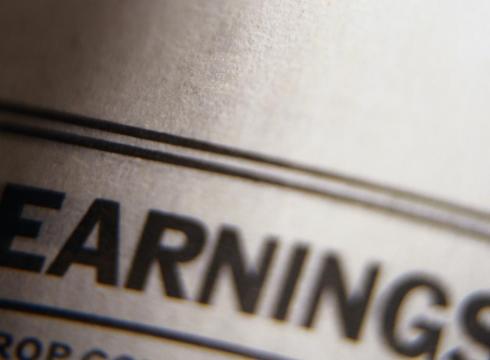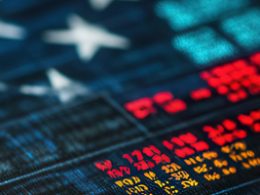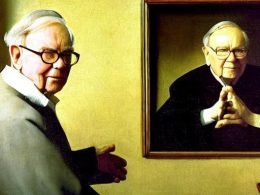by William Smead, CIO, Smead Capital Management
Dear fellow investors,
Over the last 15 years, the United States economy and financial system have been built on the back of a stock market ownership society. The premise is that average to above-average income households will prosper in the stock market and that prosperity would benefit those who don’t own common stocks themselves. This was a similar premise to the one used by President Reagan to produce prosperity in the 1980s, which was called “trickle-down economics.” In theory, President Trump’s tariffs are intended to benefit average to below-average income American households by onshoring jobs and factories. Someone might call this “trickle-up economics.”
In the 2000 U.S. Presidential election, George W. Bush ran against sitting Vice President Al Gore and was victorious in one of the closest elections in our nation’s history. In the first year of his term, the tech bubble momentum had broken, we were attacked by Al-Qaeda on September 11, 2001, and the stock market was struggling. To reinvigorate the economy, Bush proposed the idea of an ownership society. This was centered around home ownership, which traditionally was the most likely way for average families to build wealth.
Someone once said, “The road to hell is paved with good intentions.” With leadership promoting increased home ownership, financial regulators, financial institutions and investment firms spun into action to make the President’s wishes happen. In the process, lending restrictions, government mortgage oversight and securities regulators oversaw the relaxation of lending standards and allowed mortgages to be sliced and diced into pools. The pools stressed the safety of geographic diversification as a protection for investors.
As we know, this led to the poisoning of the financial system and the deepest recession since the Great Depression, which bottomed out in 2009. We spent years watching common stock owners benefit over the next ten years while having the most anemic economic recovery from a recession in U.S. history under President Obama.
President Trump ran on a platform that sought to level the playing field for average to below-average income Americans. His tariff policy, in his way of looking at it, is dealing with unfair tariffs on U.S. made goods. His efforts to negotiate better trade agreements are designed to create success for average folks whose labor competes against labor from other countries.
The problem with President Trump’s “good intentions” is that he is attacking the ownership society that is in place. Most of the common stocks are owned by 60 to 80-year-old Americans and their spending has been driven by the fruits of stock market ownership. Most employed Americans under 60 participate in 401k retirement plans primarily utilizing the stock market. Therefore, even if Trump wins his trade war battle, he could be killing the main driver of our economy. The main driver is consumer confidence, and his tariffs are hitting that confidence the hardest.
Unfortunately for us, this is hitting our economically sensitive stocks very hard and making this process of gamesmanship incredibly expensive in the short run. We assumed that this maniacal period in the stock market would hit the most glamourous and popular stocks hard and the under-owned areas like energy, home builders and mall REITs wouldn’t have a bullseye on their back. For further commentary on this, please review our upcoming first quarter letter to fellow investors due out next week. We’ve been wrong so far, even though all stock sectors have been hit hard in the short run. At this point, there are no winning sectors since the President announced his tariffs.
If we told you that we have figured this out, that would be disingenuous. However, we have been in incredibly difficult stock markets before (in my case, 45 years of them), and our eight criteria for common stock selection and our contrarianism have served us well. We own companies that we believe will do well over 5 to 10 years, and that isn’t any different now than at any time in the past. Fear stock market failure,
Warm Regards,

William Smead
The information contained in this missive represents Smead Capital Management’s opinions, and should not be construed as personalized or individualized investment advice and are subject to change. Past performance is no guarantee of future results. Bill Smead, CIO, wrote this article. It should not be assumed that investing in any securities mentioned above will or will not be profitable. Portfolio composition is subject to change at any time and references to specific securities, industries and sectors in this letter are not recommendations to purchase or sell any particular security. Current and future portfolio holdings are subject to risk. In preparing this document, SCM has relied upon and assumed, without independent verification, the accuracy and completeness of all information available from public sources. A list of all recommendations made by Smead Capital Management within the past twelve-month period is available upon request.
©2025 Smead Capital Management, Inc. All rights reserved.
This Missive and others are available at www.smeadcap.com













